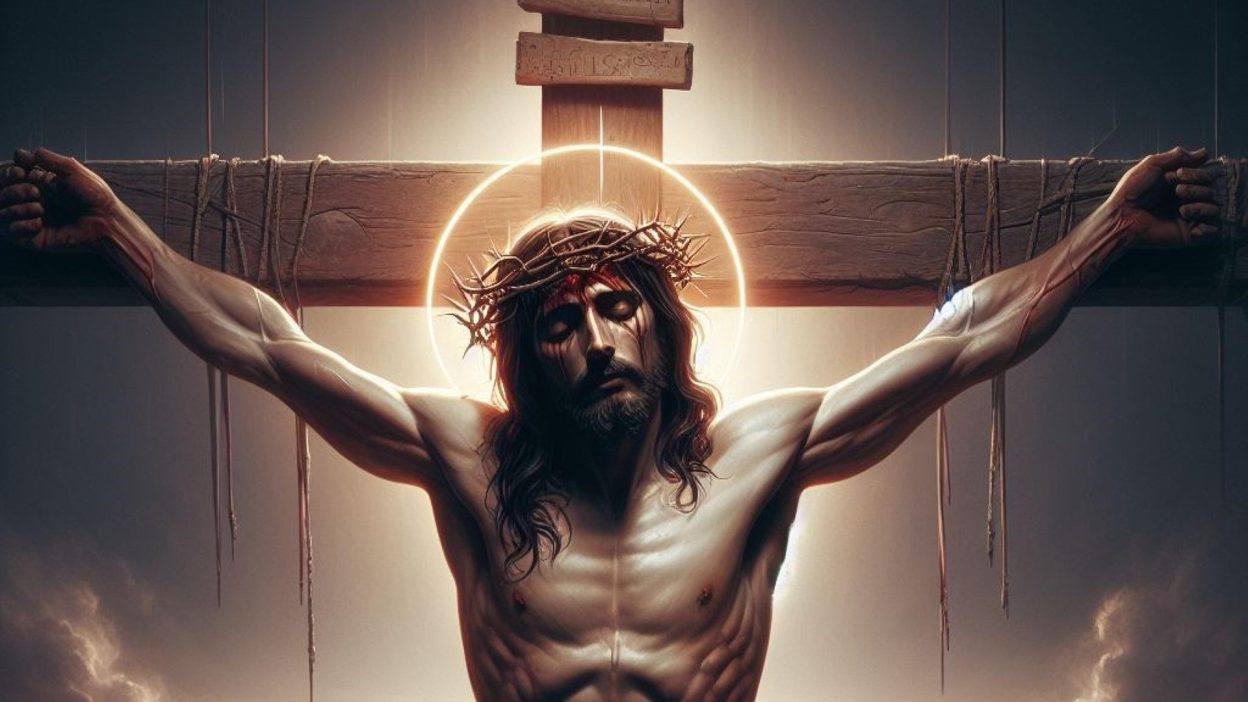A Civilization Built On Blood And Fear
Were the Aztecs religious devotees, or did they use mass killings as a tool of power?
The Aztecs, one of the most powerful civilisations in Mesoamerica, built an empire that thrived from the 14th to the 16th century. Known for their advanced architecture, complex society, and military prowess, the Mexica people had a unique worldview—one drenched in blood and sacrifice.
They believed the universe depended on human blood to keep the sun moving and the gods satisfied. But the scale of their rituals was staggering. Reports suggest that in some ceremonies, tens of thousands of victims were sacrificed in a matter of days. The Templo Mayor, the great pyramid of Tenochtitlán, became an altar of death, where hearts were ripped out, skulls were displayed, and blood flowed down the temple steps.
But was this truly a necessity of faith, or were the Aztec rulers using these sacrifices to maintain fear and control?
1. A River of Blood: How Human Sacrifice Became the Core of Aztec Society
To the Aztecs, human sacrifice was not just religious—it was a political statement, a military necessity, and a way of life. Unlike many ancient civilisations that practiced occasional ritual killings, the Aztecs institutionalised human sacrifice, making it a regular event.
- Religious Duty – The Aztecs believed that their gods had sacrificed themselves to create the world. To repay this debt, humans had to offer their own blood in return.
- Political Control – Public executions kept the masses in line. The fear of becoming a sacrifice ensured obedience to the rulers.
- Military Expansion – The need for more victims encouraged the constant waging of wars, ensuring a steady supply of prisoners.
The scale of sacrifices grew over time, with later emperors using them as grand spectacles to demonstrate their dominance. Some ceremonies lasted days, with priests working in shifts to kill thousands of people.
2. The Gods of Death: Who Demanded These Sacrifices?
Aztec mythology revolved around gods who needed blood to maintain balance in the universe. Each deity required specific types of sacrifices, and different methods were used depending on the god being honoured.
- Huitzilopochtli (God of War and the Sun) – Required the hearts of warriors to keep the sun rising each day.
- Tlaloc (God of Rain) – Demanded children, as their tears were seen as sacred rainwater. Many young victims were drowned in his honour.
- Tezcatlipoca (God of Fate and Chaos) – Often received captured warriors, who were forced to fight before being sacrificed.
- Xipe Totec (God of Fertility and Renewal) – Victims were flayed alive, and priests wore their skins in a gruesome rebirth ritual.
These sacrifices were not random—they were performed on specific dates, aligned with the Aztec calendar, ensuring constant bloodshed throughout the year.
3. The Numbers Behind the Nightmare: How Many Were Sacrificed? (Deaths, injuries, and statistics)
The true scale of Aztec human sacrifices remains a subject of historical debate, but the numbers are staggering.
- Templo Mayor Mass Sacrifice (1487) – The most infamous event occurred during the rededication of the Great Pyramid. Records suggest that 80,400 people were killed in just four days. This number comes from Spanish sources and may have been exaggerated, but even conservative estimates place the death toll at 20,000–30,000.
- Annual Sacrifices – Aztec rituals required a steady flow of victims. Historians estimate that 15,000 to 20,000 people were sacrificed every year across the empire.
- Wars for Captives – The Flowery Wars were specifically designed to capture people for sacrifice, rather than to conquer land. Aztec warriors were trained to injure rather than kill their enemies on the battlefield, ensuring a constant supply of victims.
- Human Remains Found – Excavations in Mexico City have uncovered mass graves with hundreds of decapitated skulls, proving that human sacrifice was more than just Spanish exaggeration.
The numbers might be contested, but the horrifying scale of these rituals is undeniable.
4. Blood and Power: How Sacrifice Was Used as a Political Weapon
Aztec emperors and high priests knew that fear was power. Human sacrifices were not just religious events—they were public spectacles designed to control the masses.
- Terror as a Tool – By displaying rows of skulls on Tzompantlis (skull racks), the Aztecs made sure their enemies and subjects knew what awaited those who disobeyed.
- Psychological Warfare – Before battles, Aztec warriors would chant about the suffering of past victims, striking fear into their enemies.
- Theatre of Death – Sacrifices were not hidden—they were huge public events, complete with music, dancing, and feasting.
This weaponisation of death kept citizens obedient and enemies terrified. The message was clear: defy the Aztecs, and your heart will be ripped from your chest.
5. Did the Spanish Conquerors Exaggerate the Horror?
When Hernán Cortés and the Spanish conquistadors arrived in 1519, they were shocked by what they saw. Chroniclers like Bernal Díaz del Castillo described blood-soaked pyramids, walls lined with skulls, and severed heads rotting in the sun.
But did they exaggerate these horrors to justify the destruction of the Aztec Empire?
- Spanish Accounts – Some historians believe that Spanish writers inflated the numbers to make the Aztecs seem like savages in need of Christian salvation.
- Archaeological Evidence – The discovery of Tzompantlis (skull racks) and mass graves in modern-day Mexico confirms that large-scale sacrifices did happen.
- Propaganda or Reality? – While some figures may have been exaggerated, the existence of mass executions is undeniable.
The Spanish may have had their own agenda, but they didn’t invent the horrors of Aztec sacrifice—the evidence speaks for itself.
6. The End of an Empire: Did Their Bloodthirsty Ways Lead to Their Downfall?
Many historians argue that the Aztecs’ obsession with sacrifice contributed to their eventual collapse.
- Enemies Turned Against Them – Many neighbouring peoples, tired of supplying victims, allied with the Spanish to destroy the Aztecs.
- Moral Justification for Conquest – The Spanish used human sacrifice as a reason to wipe out the Aztec civilisation.
- Internal Resistance – Some Aztecs themselves questioned whether the relentless killing was truly necessary.
By the time Cortés and his men entered Tenochtitlán, the empire was already crumbling from within.
7. FAQs
- Why did the Aztecs believe human sacrifice was necessary?
They believed it kept the universe balanced and fed their gods, especially the sun god Huitzilopochtli. - Did all Aztecs support human sacrifice?
No. Some resisted, but fear and religious duty kept the practice alive. - Did they only sacrifice prisoners?
Mostly, but Aztec children, women, and nobles were also offered in certain rituals. - How did the Spanish stop Aztec sacrifices?
After the conquest, Christianity replaced Aztec beliefs, and sacrificial rituals were banned.
Is there evidence of sacrifices today?
Yes, skull racks and mass graves in Mexico prove these rituals were real.




